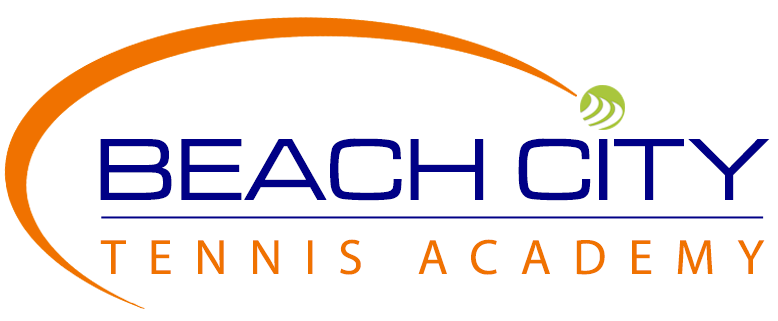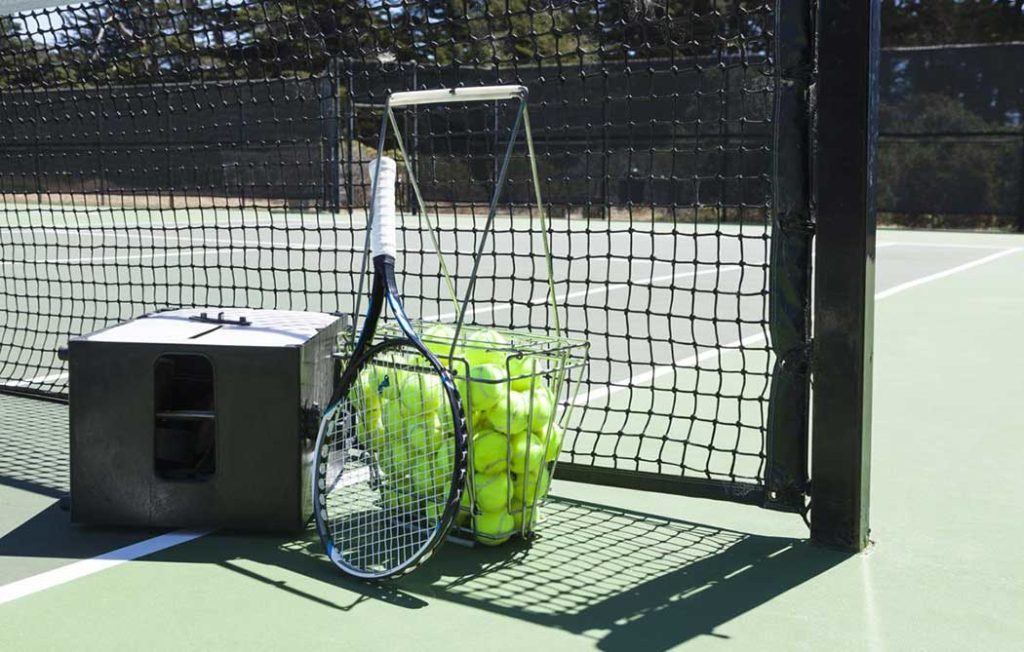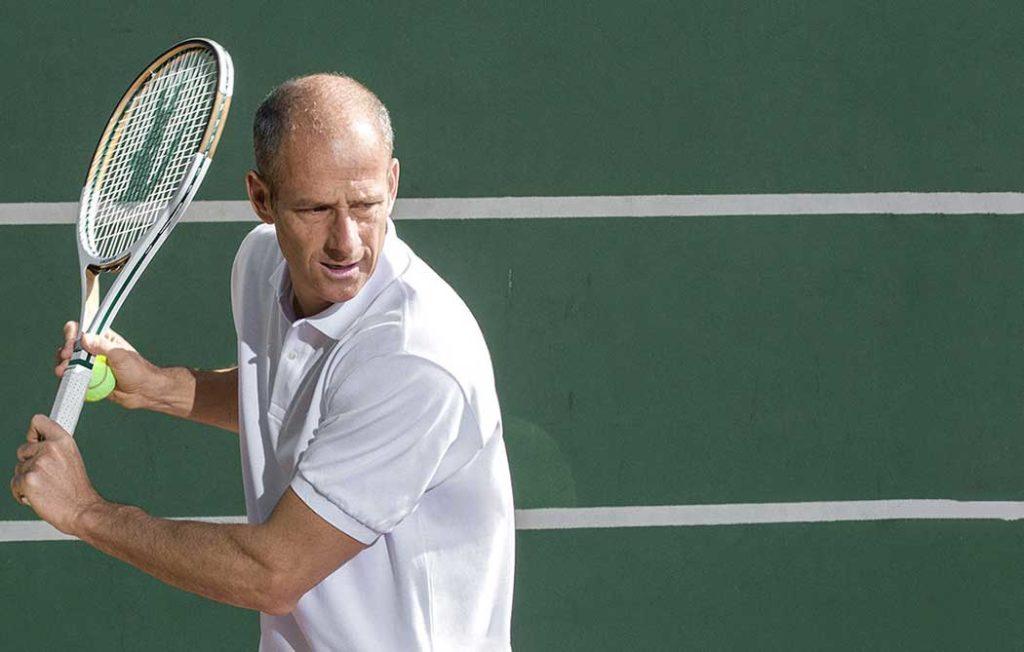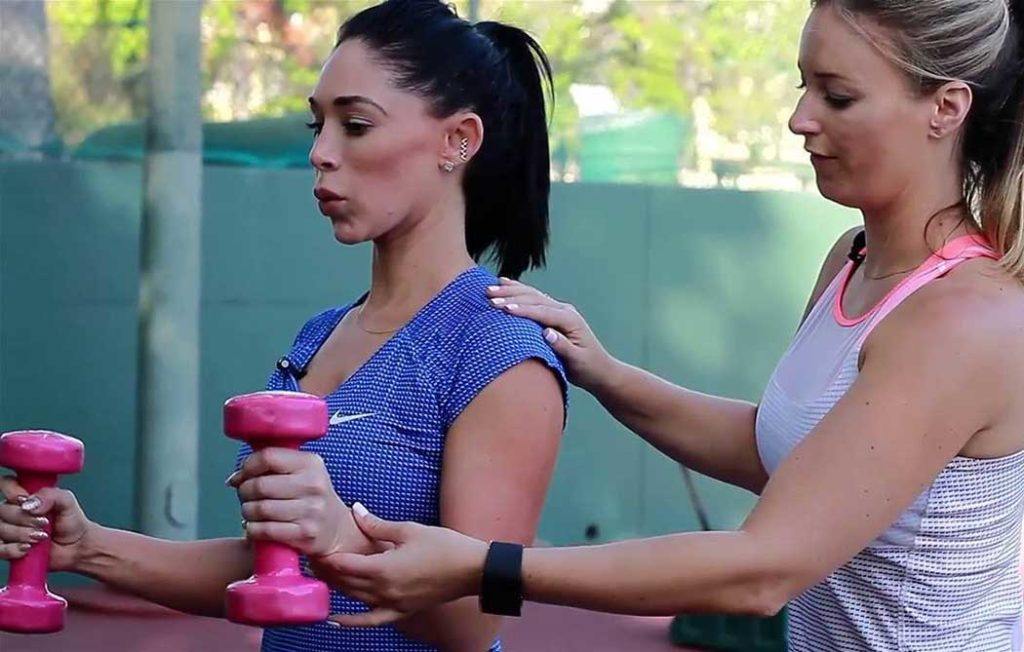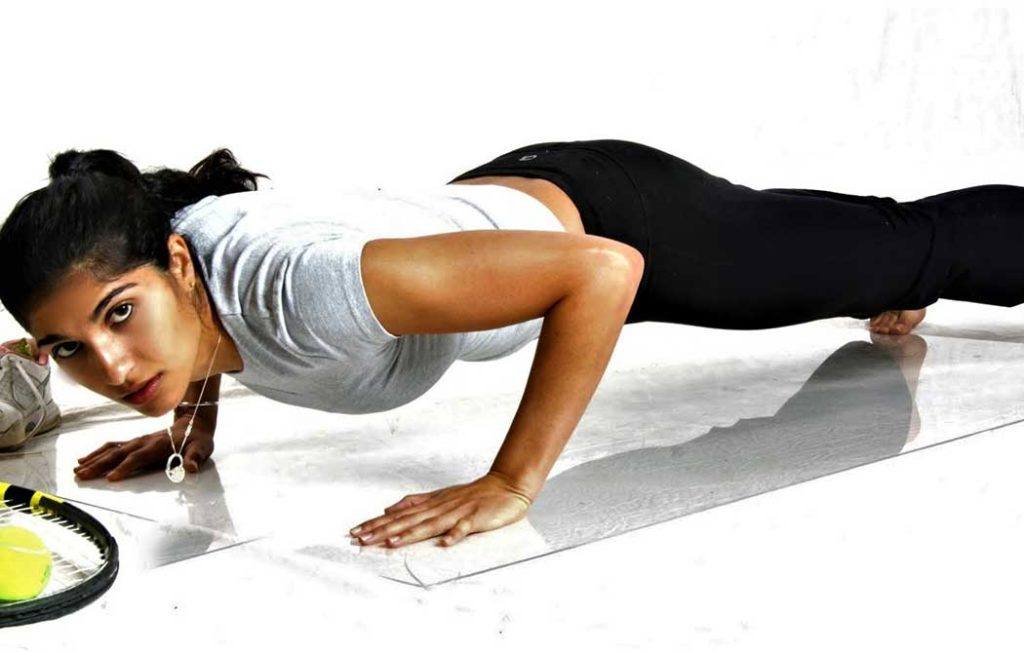{{current_weather.dt | momentjs( atts.date )}}
{{current_weather.temp | temp}} °{{units}}
{{day.dt | momentjs(atts.date)}}
{{day.temp | temp}} °{{day.temp_min | temp}} °{{units}}
Tennis Blog
The 5 Best ways to train for tennis by yourself
Often players wonder what that they can do to continue training when they are not with their coach There are actually several areas a player can make significant improvements in their game by...
Does age really factor into the decision to play Tennis verses Pickleball?
In 2017, it was estimated that 962 million people around the planet were aged 60 or over, comprising a staggering 13% of the global population The population aged 60 or above is growing at a rate of...
Training Tips for Tennis Players
Finely tuned tennis athletes maintain a well-rounded approach to fitness by combing strength training and tennis Generating power in you ground strokes is achieved not only through the techniques...
